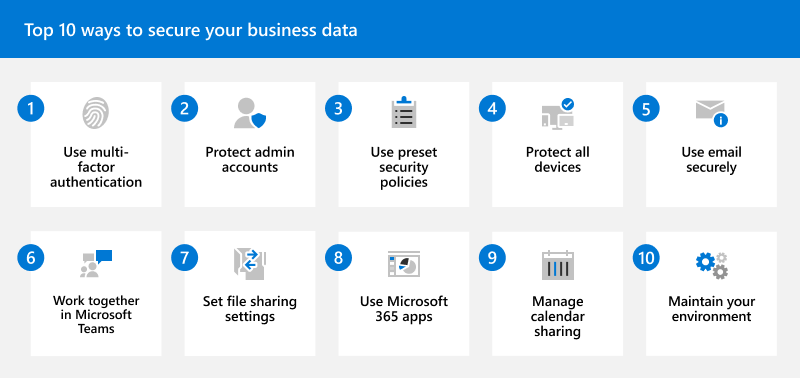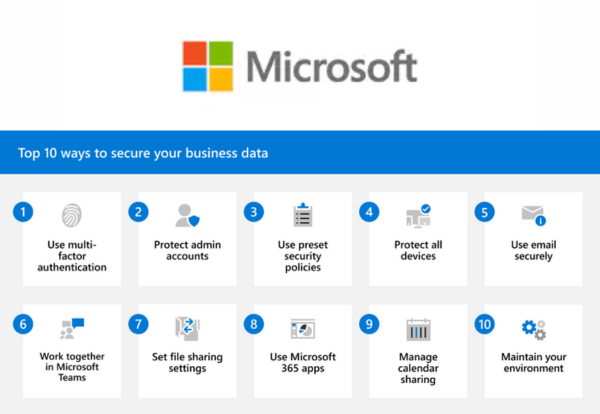All About Multifactor Authentication
Whilst it may seem to be unnecessary, standard security procedures requesting only a username and password are becoming increasingly easy for criminals to attack and gain access to data. As a result, there has been an increase in apps and websites insisting on Multifactor/Two-Factor Authentication (MFA/2FA).
Two-factor authentication is an extra layer of security which makes it harder for hackers to attack.
But what is Multifactor Authentication?
When you sign into your online accounts, you are essentially proving to the site that you are who you say you are in order to gain access. Traditionally you have done this by inputting your username (or email address)and a password.
Unfortunately, this is not enough anymore. Usernames are easy to find (especially if it is your email address) and people tend to pick simple passwords or use the same password on multiple sites to make it easier for them (anyone using password1 still ?)
This is why most online services including banks, social media, shopping, and your Microsoft 365 account, have added Multifactor Authentication to make your account more secure.
How does it work?
When you sign into your account you need more than just your username and password to login, you need a second “factor”, that only you have access to, to prove who you are. This makes it harder for potential intruders to steal that person’s personal data or identity.
The most common kinds of second factors are:
Something you know – like a password or PIN or a code that can be sent to your phone via text. Many services also support a specialised app called an authenticator which has a constantly rotating set of codes you can use whenever needed and it doesn’t even require an internet connection.
Something you have – such as a smartphone recognition or a secure USB key
Something you are – for example a fingerprint or facial recognition.
Apple have also introduced a two-factor authentication for your Apple ID. It is designed to ensure that you’re the only person who accesses your account. When you want to sign in on a device for the first time, you will need to enter a verification code, which will be displayed on one of your trusted devices, in addition to your password.
Microsoft have enforced number matching on all of their MFA App users. When a user tries to login and therefore receives a notification to the Authenticator app, a two or three digit number will be shown. The user will then need to type that same number into the app to complete the approval and login to their account. If you do not have MFA set up yet for your Microsoft Accounts then please do so as soon as possible.
But why do I need it? We have secure systems.
Even the most secure systems are not 100%. MFA/2FA is a relatively simple way to add an extra layer of protection to all your accounts.
Even the smallest businesses are at risk of hackers trying to steal your identity in order to gain access to financial information or to incorrectly inform your customers that you have changed your bank details. The easiest way to do this is via email.
If you ever receive an email from a customer or supplier saying their bank details have changed, please NEVER amend their details unless you have picked up the telephone and spoken to them to confirm the change first.
Microsoft now even include MFA as part of their top 10 ways to secure business data – see graphic below taken from the Microsoft website.

Please get in touch with your sales contact if you need any advice about adding MFA to your accounts. It is a cheap and easy way to add another layer of security.
Posted in News

